With St. Patrick's Day on the horizon, the masses tend to gravitate towards the standard Irish drinks. You know, a finger or two of whiskey and a Guinness to wash it all down. As tasty as the popular options are, Irish liquor has much more to offer in terms of intriguing fermented liquids.
From interesting gins and smooth cream liqueurs to things you've probably never heard of (Poitín), we've put together a half-dozen Irish liquors worth checking out this March and beyond. They offer new flavor profiles and reveal a country with way more to its name than just lagers, stouts, and whiskies. If you're looking for Irish drinks this St. Paddy's Day and perhaps tired of the same old, read on.

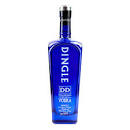



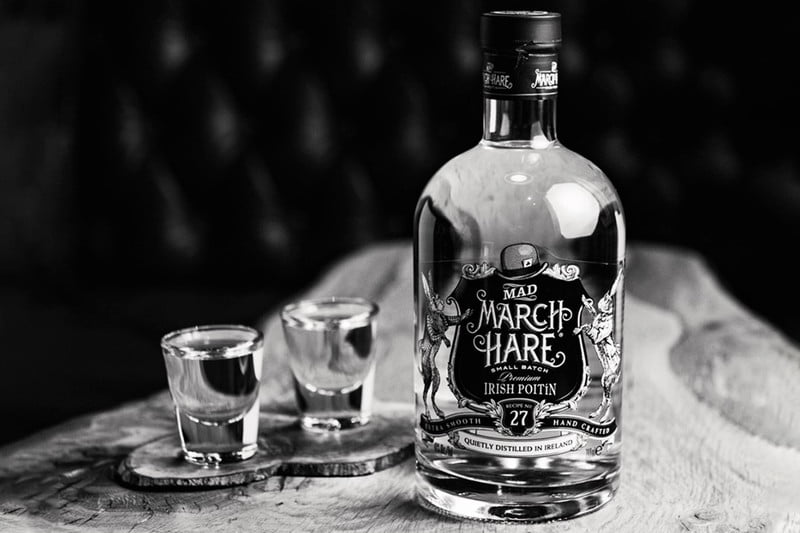
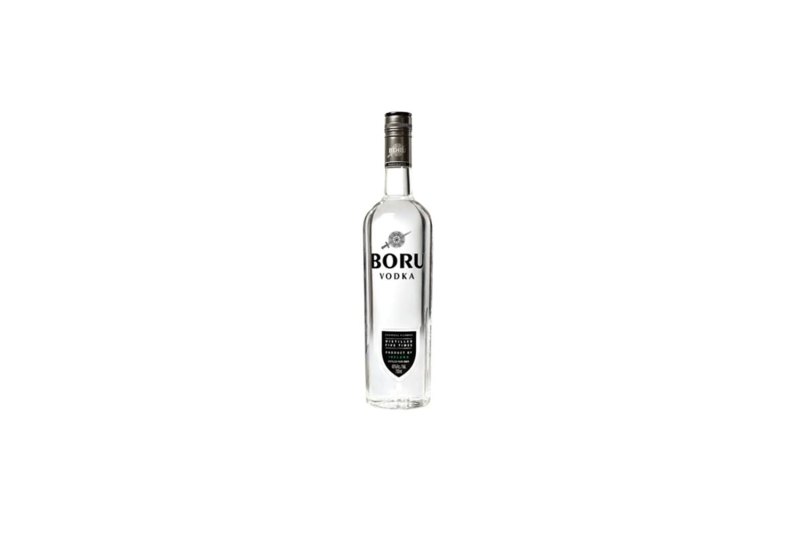
Boru Irish Vodka
Named for a legendary warrior king of Ireland, Boru Vodka derives from locally grown Irish grain and fresh spring water. The resulting spirit yields bread-y notes on the palate, a mineral finish with a hint of sweetness, and a richer mouthfeel than you’ll find in many commercial vodkas. If you’re looking for a reasonably priced and substantial vodka that can stand on its own but also plays nicely with cocktail ingredients, then this Irish gem will make a valuable addition to your liquor cabinet.

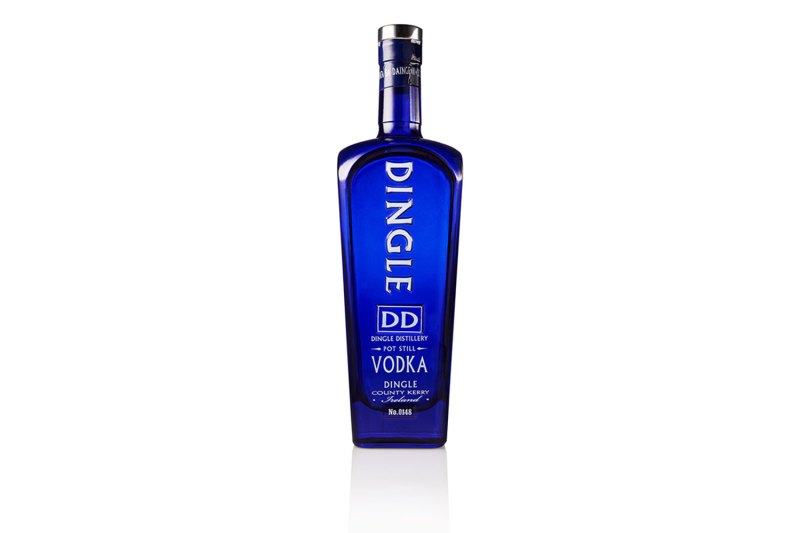
Dingle Irish Vodka
A celebrated County Kerry distillery that also produces gin and whiskey, Dingle regularly receives rave reviews for its elegant quintuple-distilled grain vodka. Dingle makes its vodka with local well water and filters it through charcoal, and the brand's painstaking process creates a clean, ultra-pure spirit with a silky texture that makes it easy to sip neat, but also lends itself well to a vodka Martini in a chilled glass.

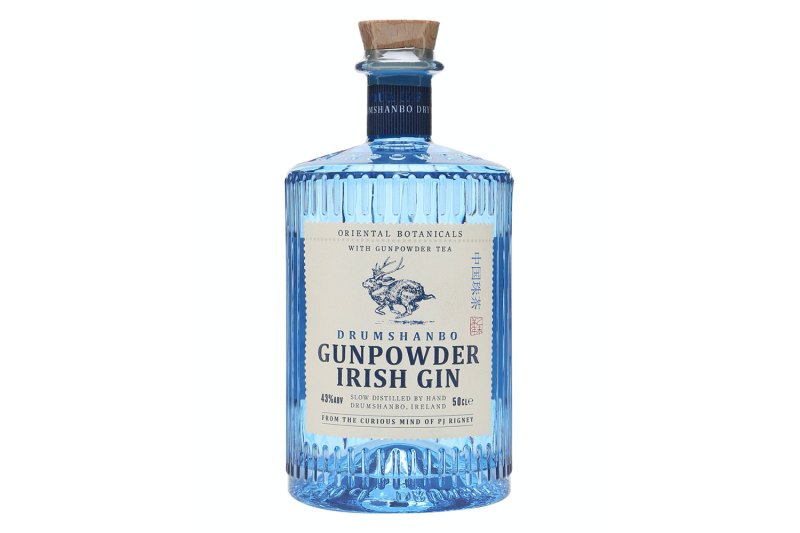
Drumshanbo Gunpowder Gin
London may be the widely recognized gin capital of the world (and the home of the London Dry style), but England’s neighboring nation of Ireland also knows its way around juniper-based spirits, as evidenced by Drumshanbo Gunpowder Irish Gin. This craft libation is made in a small Irish village, and it’s rightly famous for its use of gunpowder green tea, which offers up a beautifully floral flavor current that bolsters and deepens the gin’s other botanical notes.

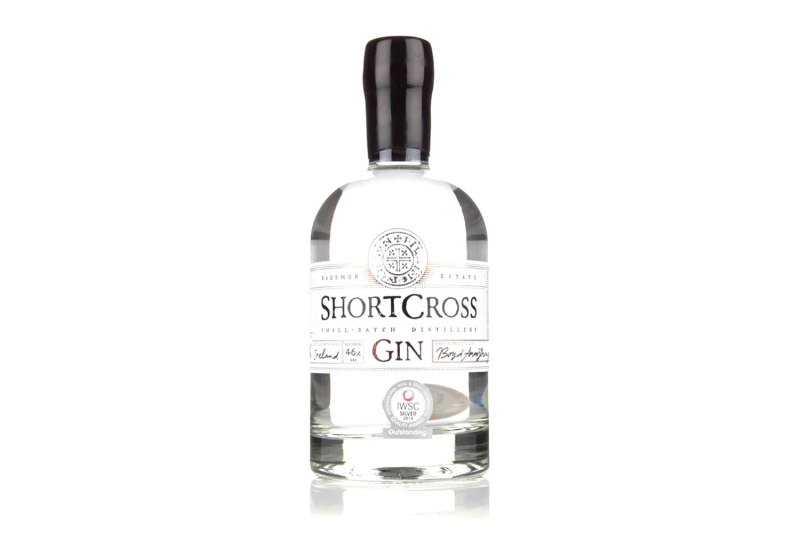
Shortcross Gin
Northern Ireland’s premier craft distillery uses copper stills to make its gin, and Shortcross claims that “the copper interacts with the spirit vapor as it passes through our stills, removing harsh notes while giving our final spirit a fuller, more rounded flavour profile.” Shortcross Gin boasts more awards than any other version made on Irish territory, and in addition to delivering a classic juniper-forward expression, the gin releases strong floral and grassy notes that collaborate especially well with a splash of tonic water.

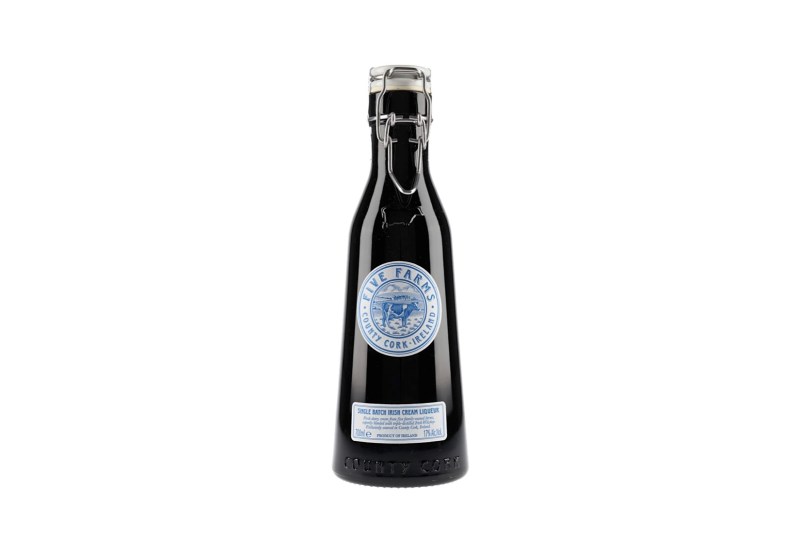
Five Farms Irish Cream Liqueur
When most drinkers think of “Irish cream,” they imagine the ultra-popular rendition made by Baileys. And yes, Baileys hails from Dublin and uses Irish whiskey as its main liquor element. However, plenty of smaller distilleries also work with Ireland’s eponymous liqueur, including small-batch experts like the team at Five Farms. Calling itself “Ireland’s first farm-to-table Irish cream,” Five Farms Irish Cream Liqueur comes from a pastoral area of County Cork, and while it includes Irish whiskey (as all Irish creams do), the flavor and texture owe their richness to ingredients like single-batch cream from ethically raised cattle. This luxurious Irish tipple adds remarkable dimension to an after-dinner cup of coffee while also offering up dessert-ish flavor notes like butterscotch, vanilla bean, and dulce de leche. It's a lesser-known liqueur very much worth looking into.

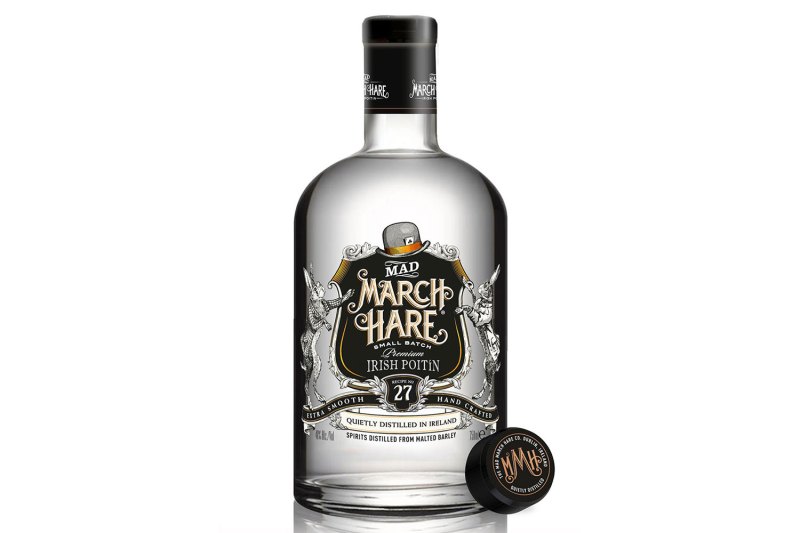
Mad March Hare Irish Poitín
In order to receive official designation as an “Irish whiskey,” a spirit must be made from barley (usually a blend of malted and unmalted) and must be aged in wooden barrels or casks for at least three years. That said, some whiskey distilleries in Ireland are experimenting with un-aged “white whiskies,” made in a similar style to American "moonshine." These bold, high-proof liquors, known as poitín, feature a light, mixable texture and a powerful punch, both in flavor and in potency. Dublin distillery Mad March Hare uses copper stills to make a triple-distilled poitín with great versatility, an ideal ingredient for cocktails ranging from Irish coffees to Bloody Marys to Moscow Mules.

Be adventurous this St. Patrick's Day and sip on a different kind of Irish liquor. We love a good whiskey, but we also love options. With the above half-dozen liquors from the Emerald Isle, you'll be imbibing on something a little more interesting and out of the ordinary.



